how does a 24 hour blood pressure cuff work
The two are connected by a narrow tube. As the pressure keeps dropping these oscillations reach a point of maximal amplitude.

Blood Pressure Monitor Design Considerations
A monitor will be fixed onto a belt around your waist which will record all your blood pressure readings.
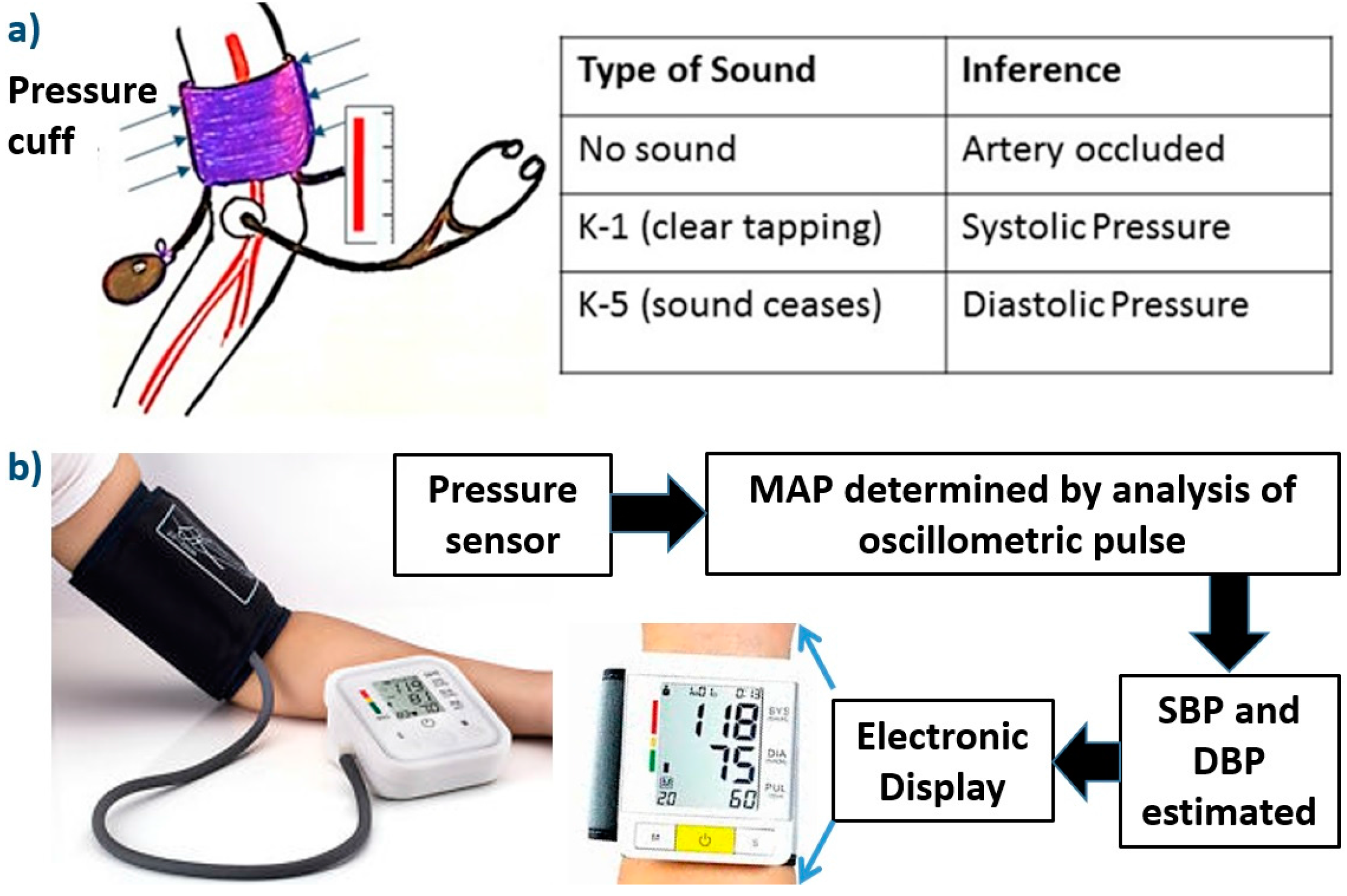
. An inflatable cuff is secured around your upper arm and connected to a small monitoring device worn around your waist. The cuff will inflate and deflate at regular intervals over a 24-hour period to measure and record your blood pressure. The device basically consists of a portable blood pressure meter with a cuff that fits around your arm and a monitoring device worn on a belt around your waist.
It is used to record blood pressure readings at specified times during a 24-hour period. Only validated well-maintained machines with appropriate cuff sizes should be used for ambulatory blood pressure monitoring ABPM also known as 24 hour blood pressure monitoring. The monitor will take readings at regular intervals within the 24 hour period.
The 24-hour ambulatory monitors currently available on the market are small devices connected to the arm cuff with tubing that measure blood pressure every 15 to 30 minutes. Over 24-hours the cuff will inflate every 15-30 minutes and take a blood pressure reading. The monitor records your blood pressure about every 30 minutes during your day.
The monitor sits in a pouch held by a waist belt or shoulder strap. The information collected can help your doctor see if your blood pressure treatment is working. Typically a 24 hour BP monitor is fitted over a sleeve of plastic that they fit to your arm.
Dont Waste Your Time Searching for Great Deals. You do not need to stay in hospital and you can continue with your. After 24 hours the patient returns and the data are downloaded including any information requested by the physician in a diary.
Unfortunately blood pressure BP measurements currently require the use of a cuff that temporarily stops blood flow. The cuff will inflate and deflate at regular intervals over a 24-hour period to measure and record your blood pressure. This test is usually ordered if a diagnosis of high blood pressure hypertension is suspected.
Ambulatory blood pressure monitoring is accomplished with a special device that consists of a blood pressure cuff that is worn on your arm and is attached to a small recording device that you wear on your belt. Twenty-four-hour ambulatory blood pressure monitoring is a way of measuring and managing high blood pressure hypertension. In order to inflate the cuff you need to squeeze the bulb by squeezing the tester.
This is designed to prevent the monitor moving too much and to keep you comfortable. The arm cuff remains in place for the full 24 hours. A small lightweight and quiet blood pressure monitor with a 100 latex-free cuff is placed on your upper arm.
When the cuff pressure falls below the patients diastolic pressure blood flows smoothly through the artery in the usual pulses without any vibration being set up in the wall. Ambulatory blood pressure monitoring allows your blood pressure. The test measures your blood pressure at different times over a 24-hour period.
This trend is supported by evidence that 24-hour blood pressure profiles may be superior to isolated clinic pressures and the new monitors are acceptable to patients. Typically the cuff is designed with flexible air bladder that links to a bulb pump. You wear it on your belt for 24 hours.
Your doctor or other medical professional will fit it for you. While wearing the monitor you can go about your day as normal while keeping a diary of what you were doing at the time of the reading. Nurse Shain demonstrates what is involved if you are requested to have a 24hr Blood Pressure monitoringWe try to ensure that our videos are accurate up to.
Reference BP measurements were obtained using a hospital-grade automated sphygmomanometer. Over 24-hours the cuff will inflate every 15-30 minutes and take a blood pressure reading. The monitor then typically checks your blood pressure every half hour during the day and every hour at night.
Vibrations occur at any point where the cuff pressure is sufficiently high that the blood has to push the arterial wall open in order to flow through the artery. Average ambulatory readings from a series of patients taken over 24 hours are commonly lower than clinic readings by between 105 and 2010 mmHg. Initially the cuff inflates to occlude the brachial artery no flow.
A blood pressure cuff will be placed around your arm and this will inflate periodically over the next 24 hours. Your GP was talking about ambulatory blood pressure monitoring which is when you are fitted with a blood pressure cuff that is wrapped around your arm and is connected to a small device on a belt or strap worn on your body for 24 hours. The blood pressure monitor is worn on a belt around your waist which is connected to an arm cuff.
Read Our Reviews Ratings Today. The blood pressure cuff can be worn under your clothes and is hidden so others dont see it. So a wearable BP watch using todays technology would squeeze your wrist every few minutes making it impracticable to use not to mention annoying.
1 The development of such a blood pressure profile means that established correlations of clinic pressures with cardiovascular morbidity and mortality in treated and untreated patients must. My 24 hour blood pressure monitor experience. As the cuff pressure drops turbulent flow is generated through the vessel creating oscillations against the arterial wall.
Hypertension is a blood pressure measurement in which your systolic upper blood pressure is at or above 130 and your diastolic lower blood pressure is at or above 80 or 13080. A better method might gauge subtle pressure changes at the surface. 1 You wear the ABPM device for either 24 or 48 hours and it records your blood pressure periodically usually at 15-minute or 30.
Ad We Checked All the Best Blood Pressure Monitors to Help You Find the Perfect One. To read to the systolic and diastolic pressure during the test the air bladder is also connected with a pressure sensor that links to the numbered gauge readings. The monitor consists of an arm cuff attached by a flexible rubber tube to a light-weight monitor.
Please ensure that the belt does not become twisted or caught on another item of clothing. The cuff pressure at this point is the MAP.

Cuff Bp More Variable Than Intra Arterial Measures Tctmd Com

Ambulatory Blood Pressure Monitoring Abpm Onewelbeck
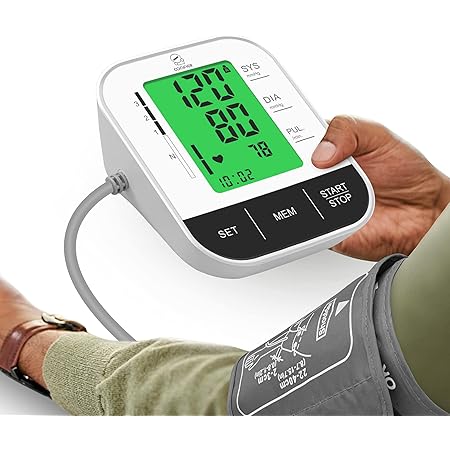
Comfier Arm Blood Pressure Monitor Automatic Blood Pressure Cuff Machine Accurate Bp Machine Large Lcd Display Voice Broadcast Wide Range Cuff Kit For Home Use Store 2x120 Sets Memory Carry Case Everything Else

24 Hour Blood Pressure Monitoring Dr Young Yu Cardiologist Sydney

Blood Pressure Monitors Cuffs Accessories Omron

Round The Clock Monitoring Bringing Home The Blood Pressure Cuff Department Of Family Medicine

Best Blood Pressure Monitor With Extra Large Cuff Kxan Austin

Best Omron Blood Pressure Monitor Wfla

Blood Pressure Cuff Hurting Your Arm When Inflated Fit Is Key Mynurse
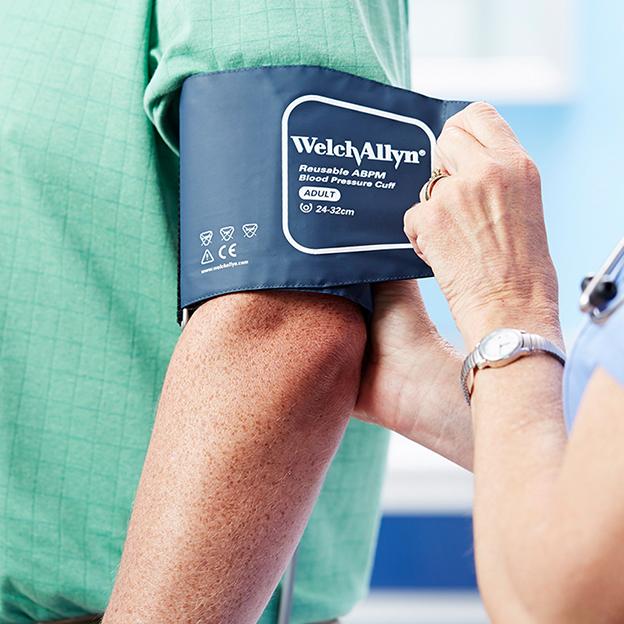
Benefits Of Ambulatory Blood Pressure Monitoring Hillrom

How To Take Your Blood Pressure At Home Automated And Manual

Technologies Free Full Text Cuff Less And Continuous Blood Pressure Monitoring A Methodological Review Html

Best Blood Pressure Monitors 2022
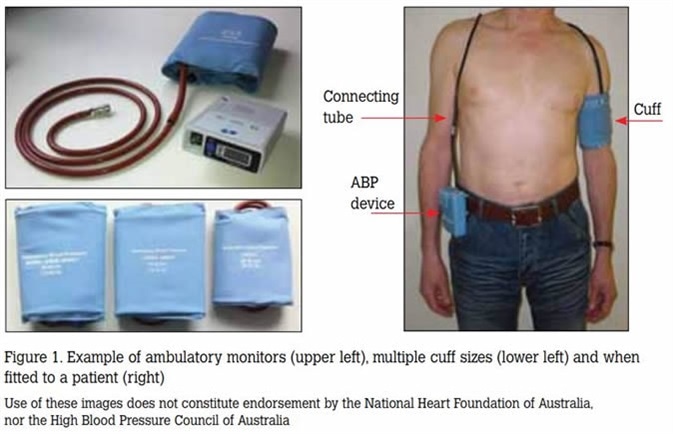
Ambulatory Blood Pressure Monitoring

Bios Medical Proper Blood Pressure Cuff Placement Measurement Techniques Facebook
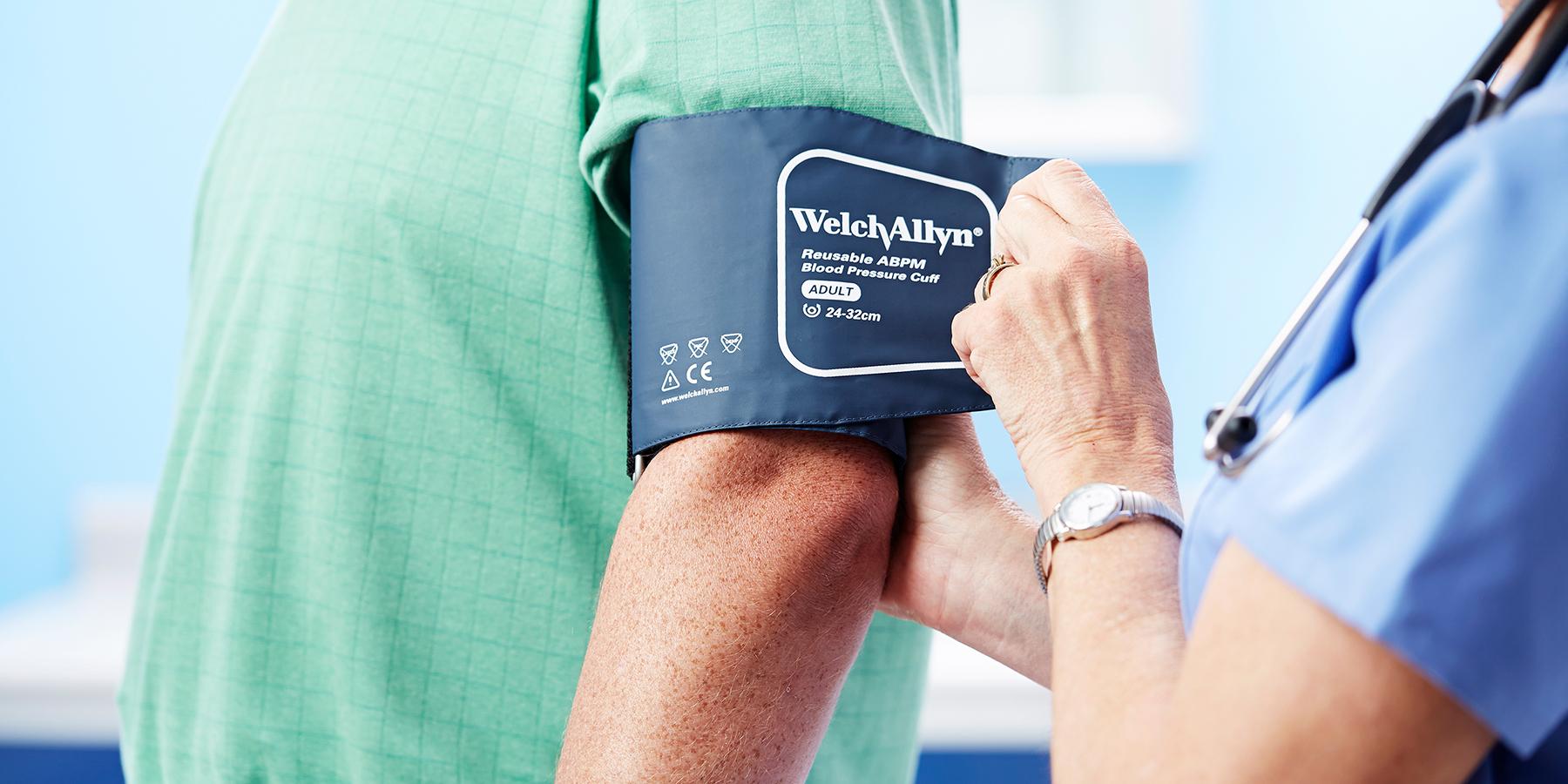
Benefits Of Ambulatory Blood Pressure Monitoring Hillrom

